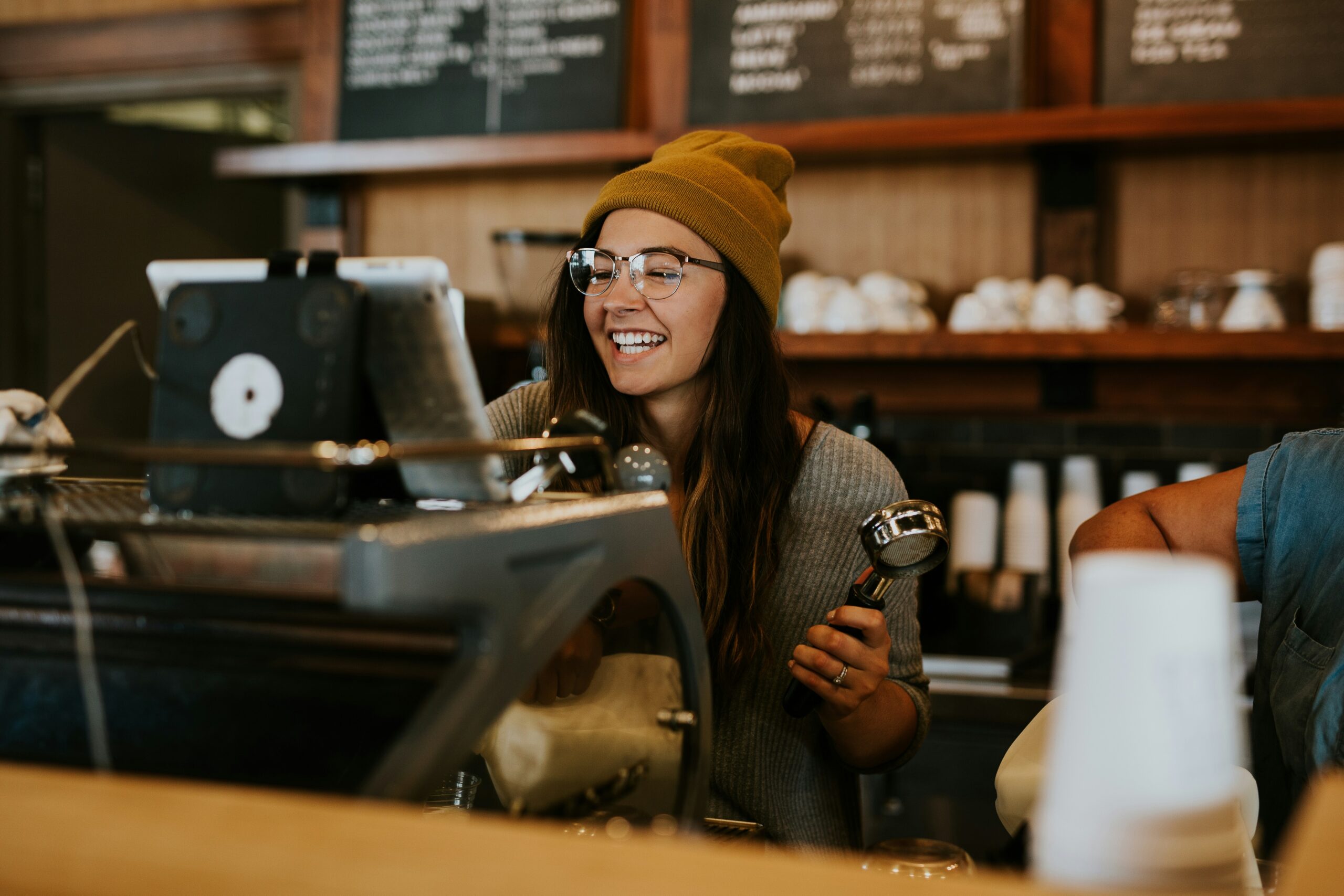Why Experiential Marketing is a Powerful Customer Acquisition Tool

Digital ads may generate clicks. Influencers may build buzz. But when it comes to converting curious browsers into loyal customers, experiential marketing is stepping into the spotlight.
In 2025, customer acquisition is no longer just about visibility—it’s about value-driven connection. And there’s no better way to demonstrate that than with a face-to-face, hands-on, emotionally resonant experience.
So, why is experiential marketing proving so effective at attracting (and keeping) new customers?
Here’s what you need to know.
1. It Builds Trust Through First-Hand Experience
Would you rather read about a product or try it for yourself? Today’s consumers are sceptical of claims—but deeply responsive to experiences.
Experiential marketing allows people to interact with your product or service in real time. It shortens the consideration phase and builds trust faster than almost any other channel.
Brand example:
When Rituals launched its “Mind Oasis” pop-up in London, the brand invited the public to experience guided meditations, tea rituals, and scent journeys—all aligned with its wellbeing mission. The activation led to a 27% uplift in new customer sign-ups within weeks of the event.
Why it matters: Seeing is believing. But experiencing? That’s converting.
2. It Sparks Emotion—and That Drives Action
People rarely remember banner ads. But they always remember how a brand made them feel. Experiential campaigns tap into this by creating powerful emotional moments that linger long after the event ends.
Whether it’s joy, nostalgia, surprise, or awe, those emotional touchpoints are far more likely to trigger a purchase.
Brand example:
EE’s Hope United campaign used immersive football-themed activations to tackle online hate. Participants could engage with players via VR and interactive storytelling. The emotional impact helped EE connect with new audiences beyond its core customer base—leading to a 15% increase in brand favourability among first-time engagers.
Why it matters: Emotion is sticky. When people feel something, they act on it.
3. It Creates Shareable Moments That Multiply Reach
Let’s face it—people love to share great experiences. The best experiential campaigns are designed not only to delight in person, but also to amplify across social channels.
When your event becomes the backdrop for Instagram Stories, TikTok videos, and UGC (user-generated content), you’re not just reaching attendees—you’re reaching their networks, too.
Brand example:
Netflix’s “Bridgerton Experience” brought regency-era glamour to life in cities across the world, including London. The event’s highly “Instagrammable” scenes helped the brand attract thousands of new UK subscribers who had never seen the show—thanks to viral content from guests.
Why it matters: People trust people. And if your brand shows up in their feeds through someone they follow, that’s powerful social proof.
4. It Drives Quality Leads and On-the-Spot Conversions
Unlike broad digital campaigns that cast a wide net, experiential activations are targeted by design. The people who attend are curious, open, and already one step closer to conversion.
With the right calls to action, brands can collect leads, capture emails, and drive in-the-moment sales—on-site and in the moment.
Brand example:
Dr. Martens used their “Tough As You” immersive retail campaign to draw in new audiences. In-store experiences included artist takeovers and live customisation. The campaign led to record-breaking in-store footfall and a 34% increase in first-time customer purchases.
Why it matters: Immersive experiences don’t just entertain—they convert.
5. It Strengthens Brand Recall Long After the Event
Experiences that activate multiple senses—sight, sound, touch, even scent—stick in the memory. In fact, studies show people retain up to 70% of what they do compared to just 10% of what they read.
This means your experiential campaign isn’t just a flash in the pan—it’s a memory anchor that boosts brand recall and increases the chance of future purchases.
Brand example:
LUSH UK hosted interactive spa-like pop-ups across London and Manchester, inviting passers-by to take part in “bath bomb therapy” and sensory demos. Guests who engaged in person were 42% more likely to make a purchase online within 30 days, according to internal analytics.
Why it matters: The more memorable the moment, the more powerful the conversion potential.
Turn Moments into Momentum
Customer acquisition is no longer just about who can shout the loudest. It’s about who can connect most meaningfully—and that’s where experiential marketing shines.
From pop-ups to immersive installations to ambassador-led tours, these real-world brand experiences are turning passive audiences into passionate customers.
At LIVE Agency, we don’t just create events—we create emotional entry points. We help brands turn first impressions into lasting relationships through meaningful, measurable experiences.
Let’s help you create the kind of activation people talk about—and act on.